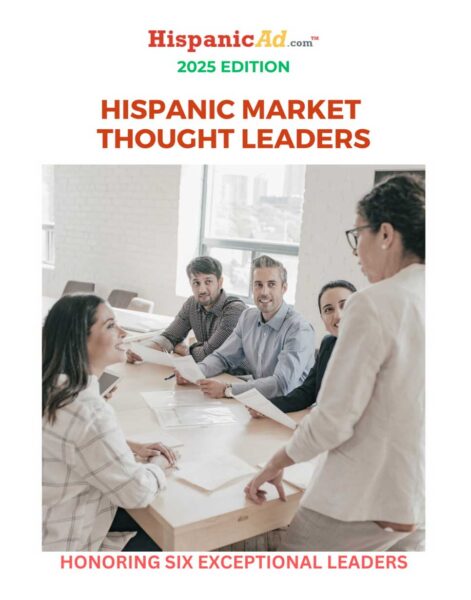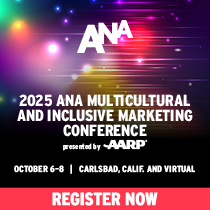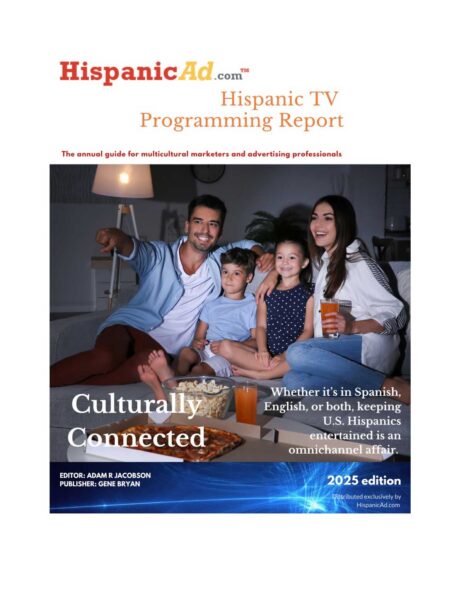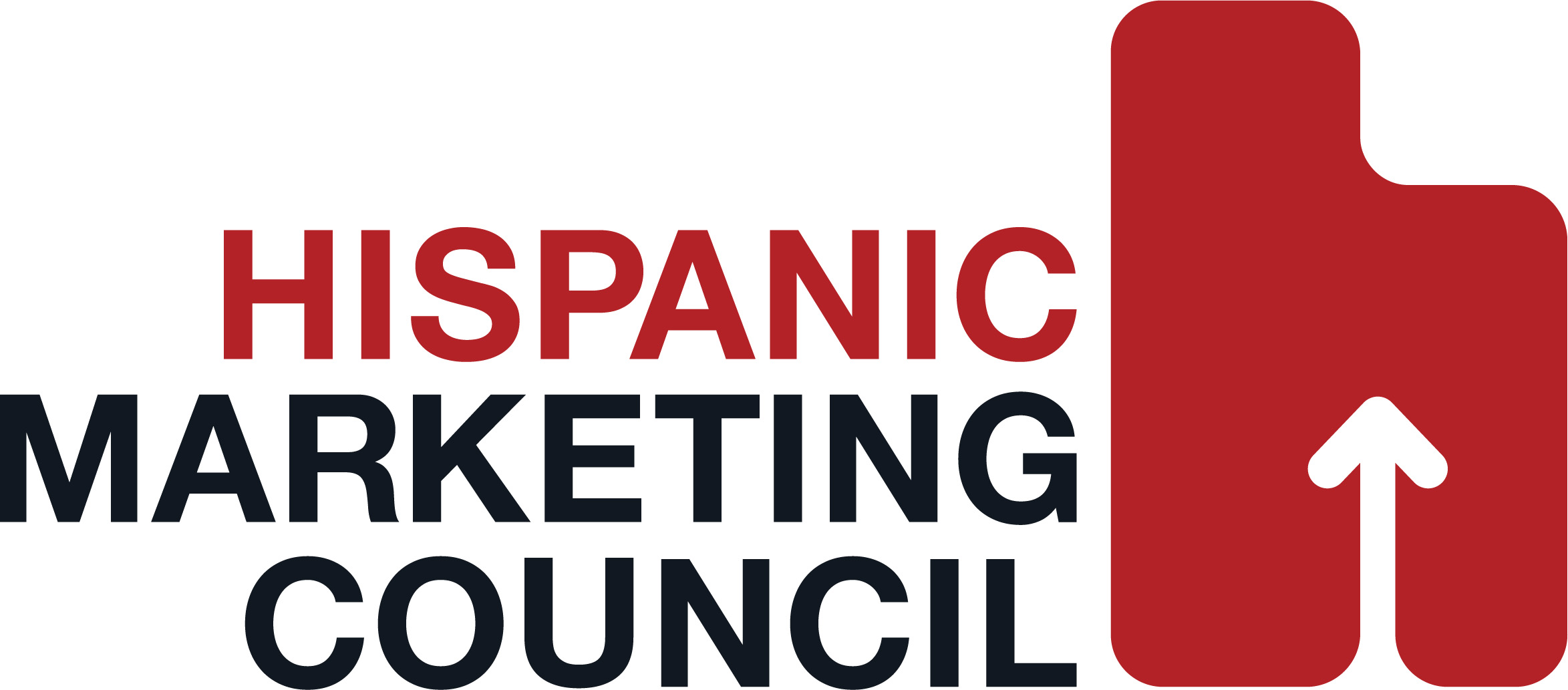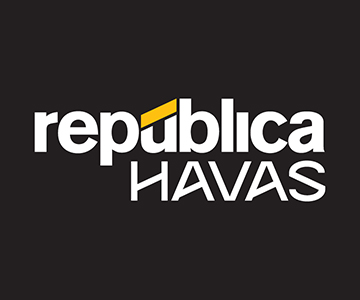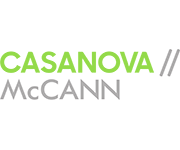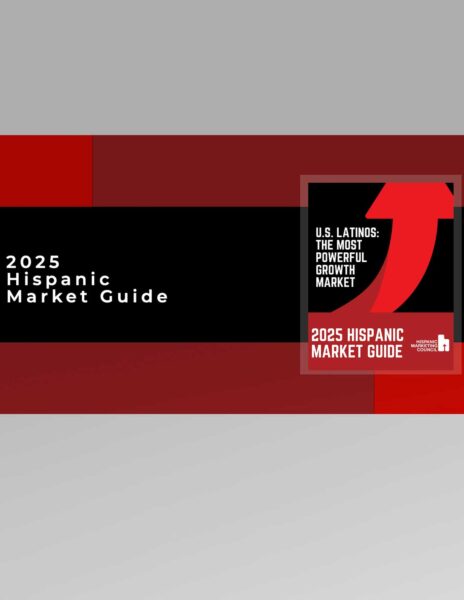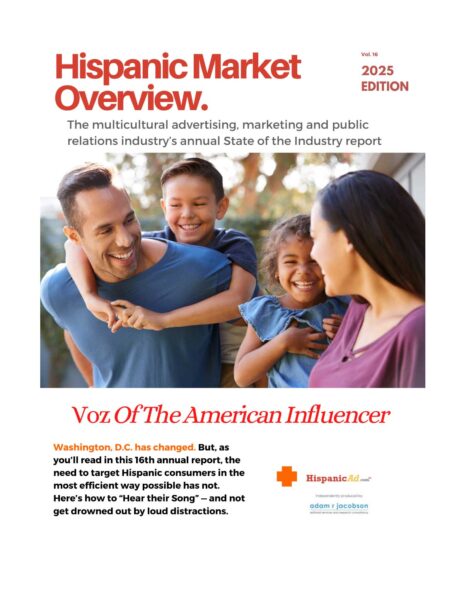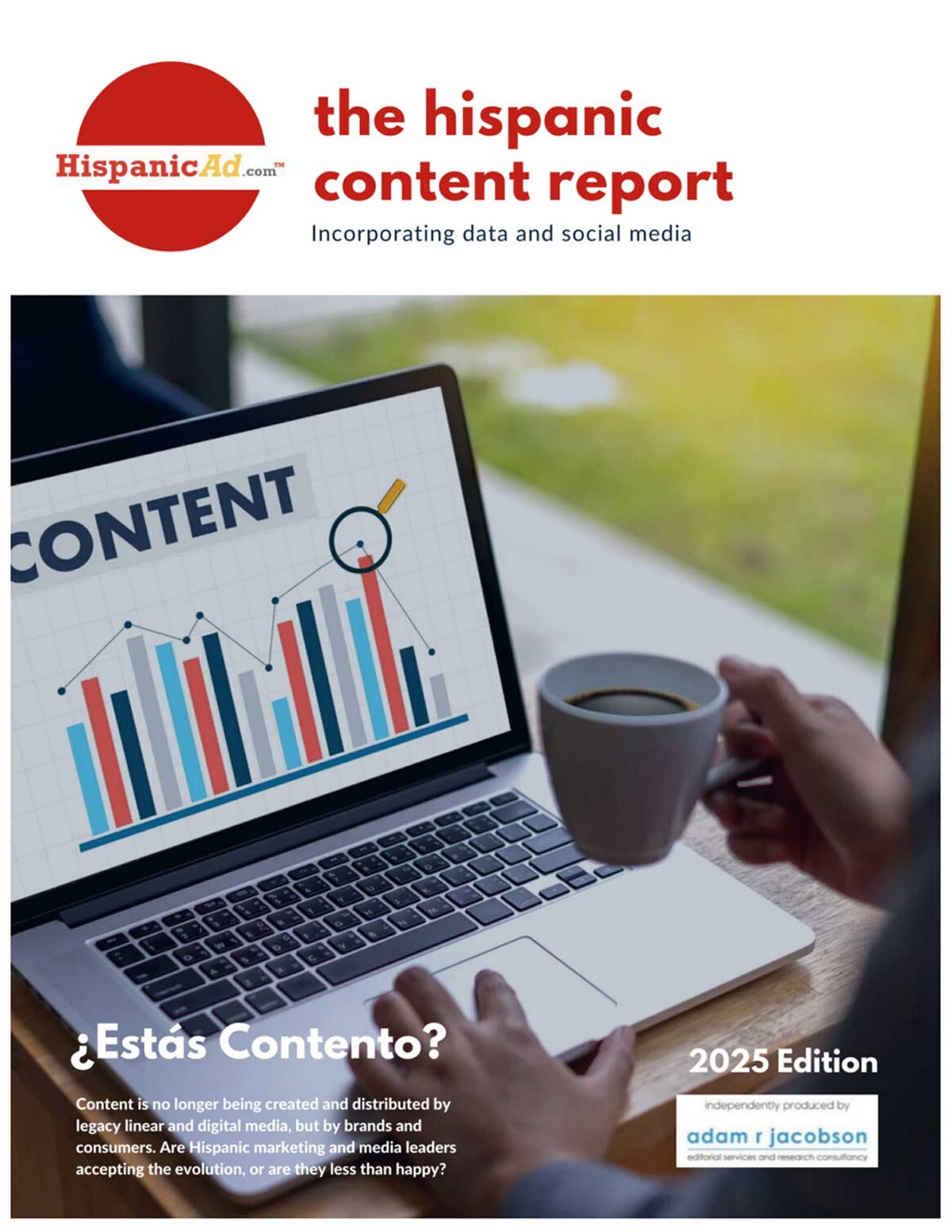 Today’s CMO is just not responsible for the brand, PR, and communications. Two most important goals for modern CMO are responsible for growth marketing with sales and customer experience (CX). In the last few years, you must have seen the rise of demand centers and CX responsibilities in CMO organization. This is the reality of modern CMO who is leading growth marketing. By Rohit Prabhakar
Today’s CMO is just not responsible for the brand, PR, and communications. Two most important goals for modern CMO are responsible for growth marketing with sales and customer experience (CX). In the last few years, you must have seen the rise of demand centers and CX responsibilities in CMO organization. This is the reality of modern CMO who is leading growth marketing. By Rohit Prabhakar
Marketing
Modern CMO – Leading Growth Marketing
Was Shakespeare Really Talking About Ad Delivery?
 Technology and the modern media landscape look nothing like the early days of advertising, and the struggle to stay current amid all that change has left marketers fighting the good fight every day during challenging times. New systems and new terminology have sprouted up, further miring marketers’ struggle to stay on top of the latest trends and tools. Programmatic, advanced TV, OTT, CTV, addressable, dynamic creative optimization — the digital world is a riot of new tech and confusing jargon. Alas, the industry’s love for following consumers and delighting them with brand stories is worth every bit of the effort to sort through the words and find the winning formulas.
Technology and the modern media landscape look nothing like the early days of advertising, and the struggle to stay current amid all that change has left marketers fighting the good fight every day during challenging times. New systems and new terminology have sprouted up, further miring marketers’ struggle to stay on top of the latest trends and tools. Programmatic, advanced TV, OTT, CTV, addressable, dynamic creative optimization — the digital world is a riot of new tech and confusing jargon. Alas, the industry’s love for following consumers and delighting them with brand stories is worth every bit of the effort to sort through the words and find the winning formulas.
Spark the magic between brand and customer experience
![]() Celebrations big or small remind us of people’s desire to enjoy a magical moment and escape the mundane. Yet, when it comes to customer experience, Kantar’s first CX+ report for retail banking in the U.S. finds many companies fail to create the magical moments that will help them stand out from the crowd. by Dr Susanne O’Gorman- Insights Division, Kantar / Global Head of Customer Experience & Sarah King – Insights Division, Kantar
Celebrations big or small remind us of people’s desire to enjoy a magical moment and escape the mundane. Yet, when it comes to customer experience, Kantar’s first CX+ report for retail banking in the U.S. finds many companies fail to create the magical moments that will help them stand out from the crowd. by Dr Susanne O’Gorman- Insights Division, Kantar / Global Head of Customer Experience & Sarah King – Insights Division, Kantar
Global Head of Brand
Do People Actually Want Personalized Ads?
![]() The belief that consumers crave more targeted, personalized ads has become a digital advertising mantra. But it’s not entirely true.
The belief that consumers crave more targeted, personalized ads has become a digital advertising mantra. But it’s not entirely true.
When did brand building get divorced from sales?
![]() Is it me, or have many people forgotten that the only reason to invest in brand building is to help drive sales? The constant debate about whether to invest in brand building or sales activation seems to imply that sales elasticity is independent of the strength of the brand. To my mind that is just plain wrong. by Nigel Hollis
Is it me, or have many people forgotten that the only reason to invest in brand building is to help drive sales? The constant debate about whether to invest in brand building or sales activation seems to imply that sales elasticity is independent of the strength of the brand. To my mind that is just plain wrong. by Nigel Hollis
Understanding Campaign Audiences Across TV + Digital
 As brands seek to more efficiently connect with consumers, understanding campaign performance across TV and digital has become essential to allocating advertising investments across platforms.
As brands seek to more efficiently connect with consumers, understanding campaign performance across TV and digital has become essential to allocating advertising investments across platforms.
How to modernize an established brand to drive growth
![]() Modernizing a cherished brand without alienating a loyal customer base or losing market share in a hypercompetitive marketplace is challenging. The hurdles include continuing to drive and maintain growth, choosing the right ideas for big results, knowing the customer, and innovating while staying true to the brand’s roots. Kurt Kane, chief concept and marketing officer at Wendy’s, spoke with McKinsey partner Stacey Haas and discussed how the restaurant chain tackled these challenges.
Modernizing a cherished brand without alienating a loyal customer base or losing market share in a hypercompetitive marketplace is challenging. The hurdles include continuing to drive and maintain growth, choosing the right ideas for big results, knowing the customer, and innovating while staying true to the brand’s roots. Kurt Kane, chief concept and marketing officer at Wendy’s, spoke with McKinsey partner Stacey Haas and discussed how the restaurant chain tackled these challenges.
What Creatives Really Want from Planners
 If I asked a group of ad planners what the one thing they most want from their creative partners, it’d be ‘collaboration.’ That’s because, like it or not, there is a deep insecurity lurking that whatever brilliant brief we arrive at will be completely ripped apart — or worse, ignored — by the creative people it is intended to inspire. Maybe it’s the intangibility of strategy — its ambiguity in the creative process — that makes us seek any evidence of our value to others. By Ed Tsue- Anomaly / Group Strategy Director / Managing Director
If I asked a group of ad planners what the one thing they most want from their creative partners, it’d be ‘collaboration.’ That’s because, like it or not, there is a deep insecurity lurking that whatever brilliant brief we arrive at will be completely ripped apart — or worse, ignored — by the creative people it is intended to inspire. Maybe it’s the intangibility of strategy — its ambiguity in the creative process — that makes us seek any evidence of our value to others. By Ed Tsue- Anomaly / Group Strategy Director / Managing Director
CMOs worry that data science reliance might detract from a Human Brand experience [REPORT]
 CMO Council Research Lists Amazon, Starbucks and Apple as Leaders in Guiding the Customer Journey and Using Experience for Competitive Advantage; Issues Call to Action for Brands to Identify Micro-Moments of Opportunity to Further “Human” Relationships
CMO Council Research Lists Amazon, Starbucks and Apple as Leaders in Guiding the Customer Journey and Using Experience for Competitive Advantage; Issues Call to Action for Brands to Identify Micro-Moments of Opportunity to Further “Human” Relationships
Agency Pros Say Fraud Is Biggest Threat to Their Budgets
![]() In a poll conducted by ad measurement firm Integral Ad Science (IAS), 69.0% of agency executives say that fraud was the biggest hindrance to ad budget growth, compared with more than half (52.6%) of brand professionals who said the same.
In a poll conducted by ad measurement firm Integral Ad Science (IAS), 69.0% of agency executives say that fraud was the biggest hindrance to ad budget growth, compared with more than half (52.6%) of brand professionals who said the same.
We Are All Frauds: The Way We Advertise Does Not Work (Says Havas) [REPORT]
 Havas has issued a piece of research called “Meaningful Brands,” which it has done every two years since 2008. Shockingly, every study has shown that consumers around the world couldn’t care less if the majority of brands disappeared overnight.
Havas has issued a piece of research called “Meaningful Brands,” which it has done every two years since 2008. Shockingly, every study has shown that consumers around the world couldn’t care less if the majority of brands disappeared overnight.
Never mind a tipping point for TV, what about brand building?
![]() Duncan Southgate, our Global Brand Director for Media, drew my attention to Mark Ritson’s reaction to the latest Ebiquity report titled ‘TV At a Tipping Point’ . Ebiquity finds that TV’s superiority in building quick, cost effective reach may be coming to an end. Ritson questions whether their analysis allows for how people’s behaviour changes as they grow older. I am more concerned about what the forecast means for brand building. by Nigel Hollis
Duncan Southgate, our Global Brand Director for Media, drew my attention to Mark Ritson’s reaction to the latest Ebiquity report titled ‘TV At a Tipping Point’ . Ebiquity finds that TV’s superiority in building quick, cost effective reach may be coming to an end. Ritson questions whether their analysis allows for how people’s behaviour changes as they grow older. I am more concerned about what the forecast means for brand building. by Nigel Hollis
Stop Clients From “Ghosting” Your Agency
![]() Some marketing and advertising insiders have recently implied that it’s becoming more common for agencies to be “ghosted” by clients. This would be yet another disturbing trend for agencies to contend with. by Mark Duval / The Duval Agency
Some marketing and advertising insiders have recently implied that it’s becoming more common for agencies to be “ghosted” by clients. This would be yet another disturbing trend for agencies to contend with. by Mark Duval / The Duval Agency
2019 sports industry game-changers [REPORT]
 Like most other industries, sports are being disrupted by technology advancements and cultural changes. How can sports executives capitalize on these industry changes in 2019? Our annual report explores eight trends that could redefine the sports industry in the year ahead.
Like most other industries, sports are being disrupted by technology advancements and cultural changes. How can sports executives capitalize on these industry changes in 2019? Our annual report explores eight trends that could redefine the sports industry in the year ahead.
How to Grow Your Topline and Gain Competitive Advantage in the $3.5 Trillion Multicultural Market
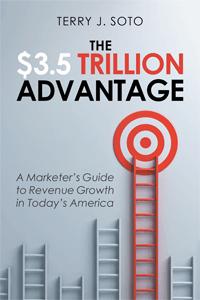 The growth and influence of the multicultural population has made it one of the most sought-after market segments of the past three decades. With its buying power now topping $3.5 trillion, it’s easy to see why.
The growth and influence of the multicultural population has made it one of the most sought-after market segments of the past three decades. With its buying power now topping $3.5 trillion, it’s easy to see why.
Storytelling Is A Different Story For Each Culture
 Recently I was talking to a friend about Alfonso Cuarón’s movie, Roma. We were debating the narrative’s pace and style. He, being an Anglo-American thought it was too slow, too visual. Me, saying that it was a beautiful movie that reminded me of my upbringing in Latin America. I realized this was not only a discussion about just film but rather, about different styles of storytelling. By Isaac Mizrahi – Co-President/COO of Alma
Recently I was talking to a friend about Alfonso Cuarón’s movie, Roma. We were debating the narrative’s pace and style. He, being an Anglo-American thought it was too slow, too visual. Me, saying that it was a beautiful movie that reminded me of my upbringing in Latin America. I realized this was not only a discussion about just film but rather, about different styles of storytelling. By Isaac Mizrahi – Co-President/COO of Alma
US Digital Ad Spending Will Surpass Traditional in 2019
![]() This year will mark a major milestone in the world of advertising. For the first time, digital ad spending in the US will exceed traditional ad spending, according to eMarketer’s latest forecast. By 2023, digital will surpass two-thirds of total media spending.
This year will mark a major milestone in the world of advertising. For the first time, digital ad spending in the US will exceed traditional ad spending, according to eMarketer’s latest forecast. By 2023, digital will surpass two-thirds of total media spending.
Brand Intimacy 2019 Study [REPORT]
 Disney overtook Apple for the first time in MBLM’s Brand Intimacy 2019 Study, which is the largest study of brands based on emotions. The two were followed by Amazon, which came in third. The top 10 was also increasingly dominated by media & entertainment brands, comprising four out of the 10, up from three last year. The remaining brands in the top 10 were: Chevrolet, Netflix, Harley-Davidson, PlayStation, YouTube, Ford and Chick-fil-A. Brand Intimacy is defined as the emotional science that measures the bonds we form with the brands we use and love.
Disney overtook Apple for the first time in MBLM’s Brand Intimacy 2019 Study, which is the largest study of brands based on emotions. The two were followed by Amazon, which came in third. The top 10 was also increasingly dominated by media & entertainment brands, comprising four out of the 10, up from three last year. The remaining brands in the top 10 were: Chevrolet, Netflix, Harley-Davidson, PlayStation, YouTube, Ford and Chick-fil-A. Brand Intimacy is defined as the emotional science that measures the bonds we form with the brands we use and love.
Goodbye to the big idea, hallo everyday creativity?
![]() Daren Poole, Global Head of Creative at Kantar, recently asked on Kantar’s Workplace what people thought of an article by Zac Martin, writing in Mumbrella, which tells us to not sweat the big idea. So, is the big idea dead, misunderstood, or as important as ever? by Nigel Hollis
Daren Poole, Global Head of Creative at Kantar, recently asked on Kantar’s Workplace what people thought of an article by Zac Martin, writing in Mumbrella, which tells us to not sweat the big idea. So, is the big idea dead, misunderstood, or as important as ever? by Nigel Hollis
When it comes to agencies, brands care more about cost than transparency
 Price, not transparency or partnerships, remains the priority for clients when it comes to their agencies.
Price, not transparency or partnerships, remains the priority for clients when it comes to their agencies.



